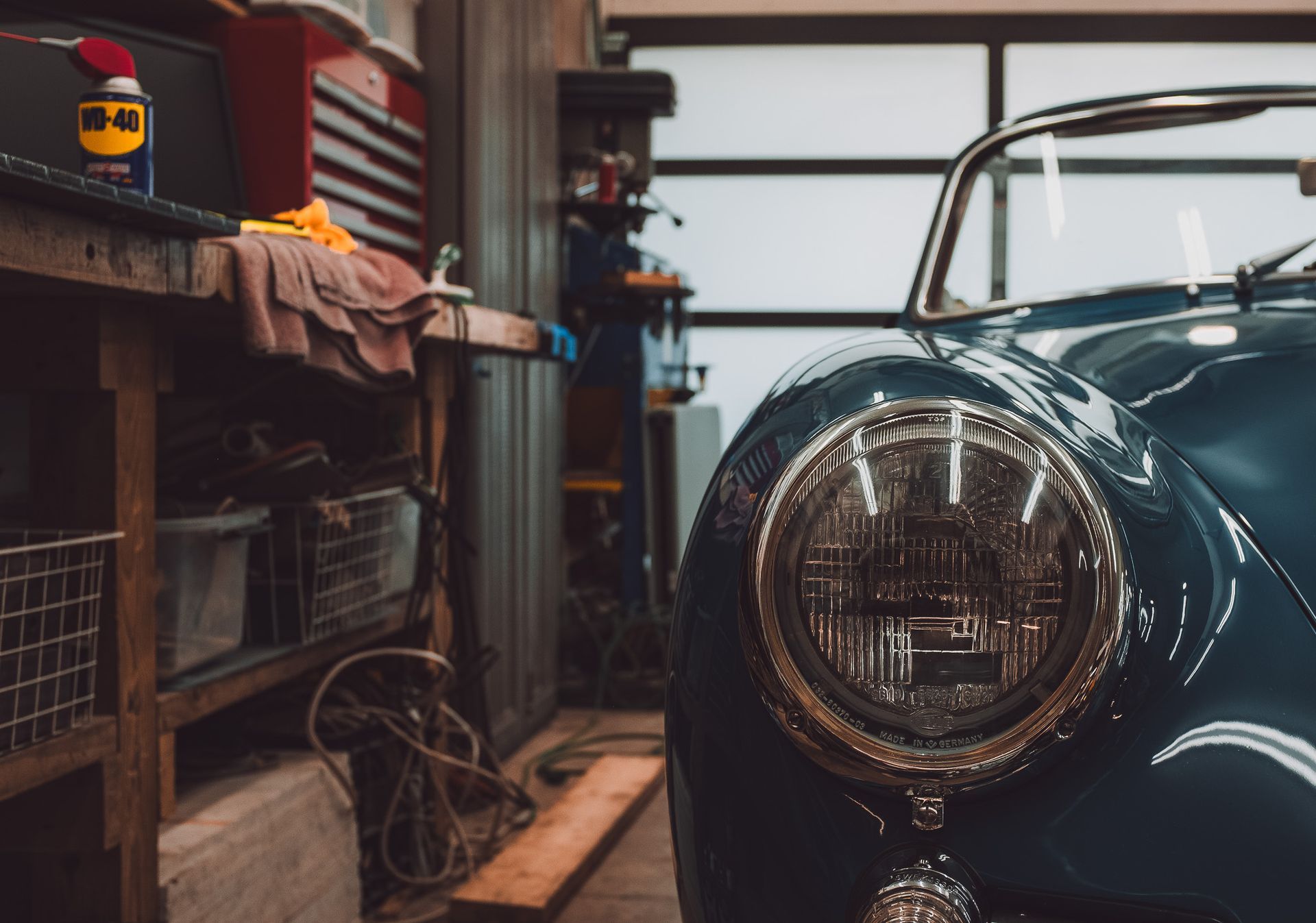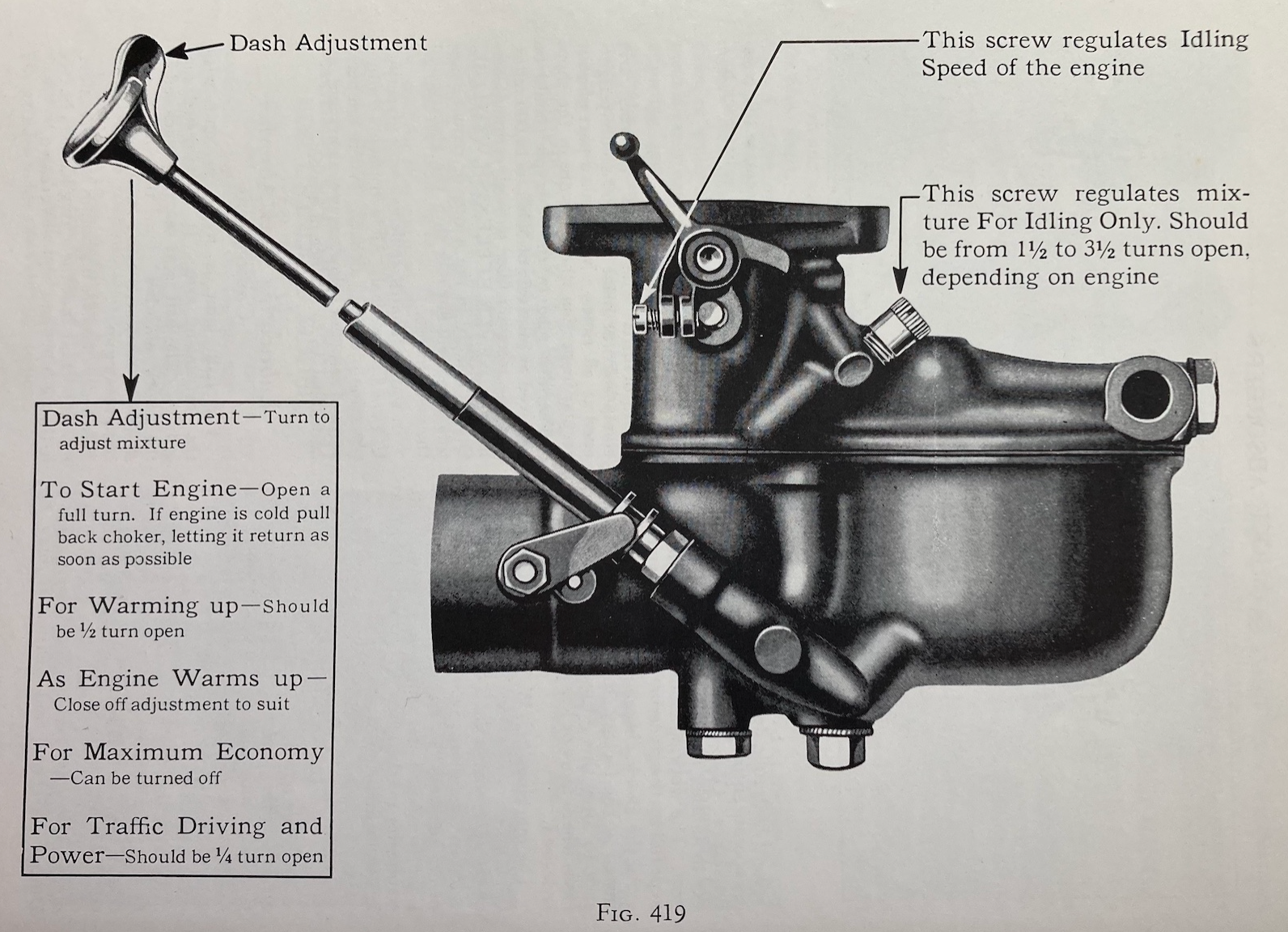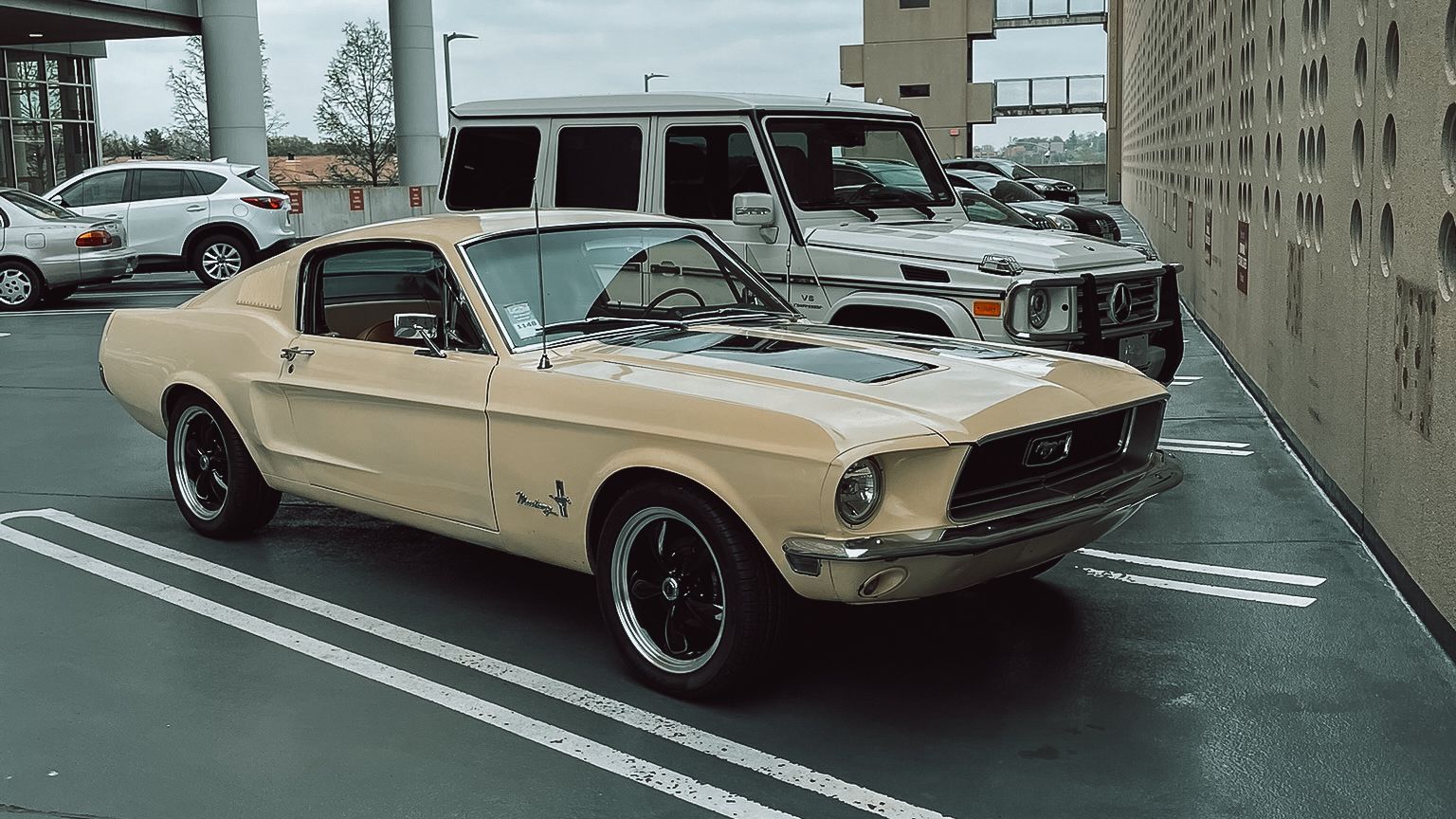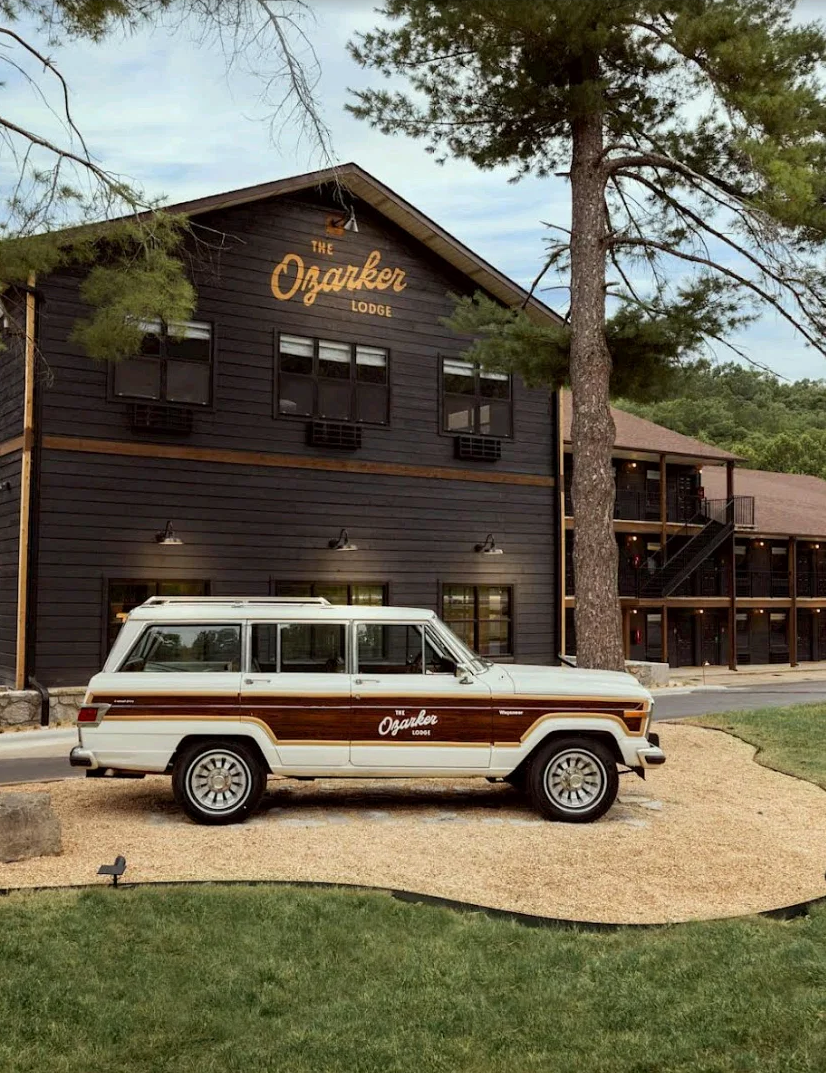Article
Modern Roads, Vintage Soul
Some things in life are earned. Nick's journey from sprint car pits to a British Racing Green Spitfire tells a story familiar to many enthusiasts—one where the imperfect machine becomes the perfect teacher. His daily driver may be small in stature, but it carries the weight of automotive history in every mile, reminding us that true passion isn't measured in horsepower, but in the willingness to preserve what matters.
For Nick, driving rare, temperamental cars daily might seem either clever or irrational, but for him, it’s a passion rooted in family and fueled by the thrill of the road. His journey began in the hum of engines at dirt tracks, watching his father race sprint cars and learning the art of fixing on a budget in their family garage. Those formative years sparked a fascination with building something from nothing, ultimately steering Nick toward a career in industrial design and a lifelong love of classic cars.
The Triumph Spitfire wasn’t the car Nick set out to find, but its British Racing Green paint and classic lines were irresistible. Now, his 1980 Spitfire is a labor of love—a go-kart-like ride with a simplicity that turns every drive into an adventure. "It’s terrifying on modern roads," Nick laughs, pointing to the uphill struggles and tiny frame dwarfed by today’s cars. Yet, the four-speed transmission and open-top driving capture a purity of experience that’s hard to match.
Owning the Spitfire hasn’t been without challenges. From replacing starters to fixing brake lines, Nick has embraced the hands-on demands of classic car ownership. Despite dreaming of a faster, more reliable ride—his eyes still wander to '60s Mustangs—there’s something special about keeping history alive. Even when he borrows his wife’s Tesla Model S, with its speed and modernity, Nick’s heart is still in the rumble and imperfections of his vintage machine.
Nick’s story is a testament to the joy and struggle of living with a classic car. It’s about preserving history, embracing imperfection, and chasing the feeling of connection that only comes from the hum of an engine built decades ago.
Wrench & Rally: Fueling Your Passion for the Road Less Traveled
share this
Related Articles
Related Articles



IGNITE OUR INTEREST
SHARE YOUR TALE
We're always on the hunt for automotive tales. Drop us a line for a chance to be featured.
Contact Us




